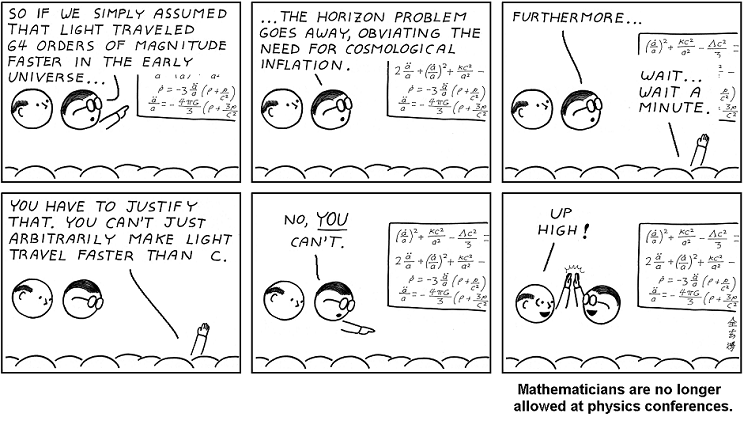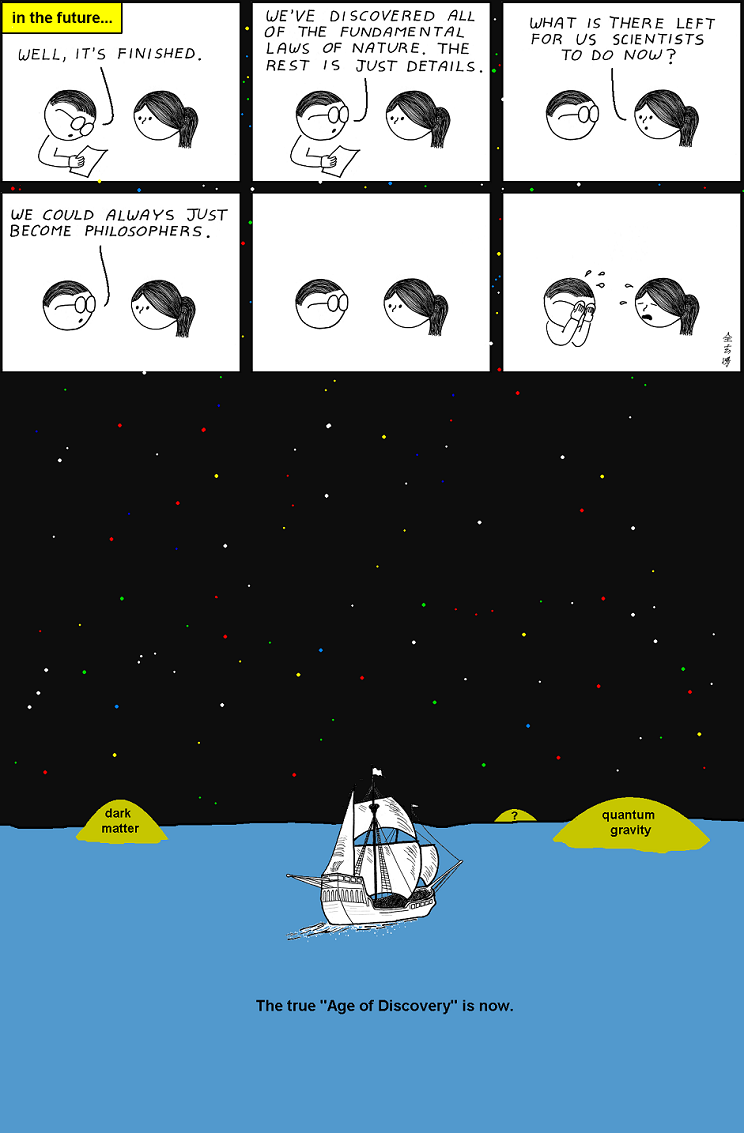
About ten years ago I was killing time in the sprawling Barnes & Noble on Union Square in Manhattan. I had pushed my chair away from a little table, crossed my legs, and opened a book on my lap. I don’t remember which book. I can’t even remember whether it was one I’d grabbed off a shelf or, because I was deep in research at that time, one I’d been carrying around all day just in case I found myself with a few free minutes. I do remember that I was trying to understand what gravity is. Or, as I was beginning to appreciate, isn’t.
Because I don’t have a background in science, I pretty much have to start from scratch when I’m researching a topic. In my investigations into gravity, I’d already discovered that Isaac Newton had been making it up as he went along, and that he had admitted as much in one of his letters to the theologian Richard Bentley. The notion of a force of attraction existing between two distant objects, he wrote, is “so great an Absurdity that I believe no Man who has in philosophical Matters a competent Faculty of thinking can ever fall into it.” Yet fall into it subsequent generations of physicists did. Nearly two centuries later, the German philosopher-scientist Ernst Mach wrote, “The Newtonian theory of gravitation, on its appearance, disturbed almost all investigators of nature because it was founded on an uncommon unintelligibility.” Now, he went on, “it has become common unintelligibility.”
Continue reading →







